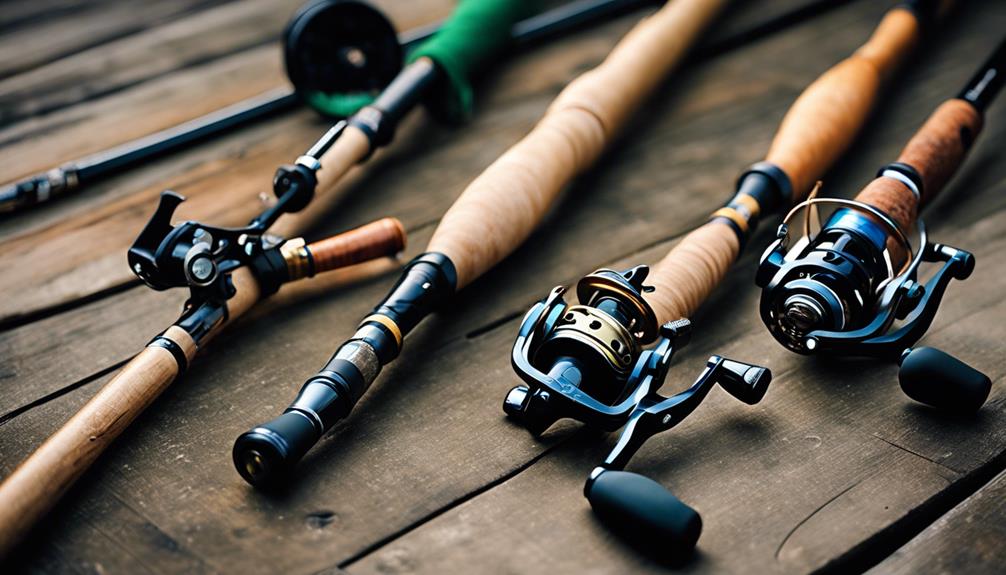Fishing is a beloved pastime for many, offering both relaxation and the thrill of the catch. However, one common question that arises among anglers, especially beginners, is: Do you need a fishing license to catch and release? In this detailed guide, we will explore the nuances of fishing licenses, regulations, and the responsibilities of anglers engaged in catch and release practices.
Understanding Fishing Licenses: What You Need to Know
Fishing licenses are permits issued by state or local governments that allow individuals to fish in designated waters. The requirements for obtaining a fishing license can vary significantly from one jurisdiction to another. Typically, licenses are required for individuals over a certain age, and the fees collected are often used for conservation efforts and maintaining aquatic ecosystems. The necessity of a fishing license applies to both catch and release fishing and keeping fish. Therefore, regardless of your intent to release your catch, it’s essential to familiarize yourself with local regulations.
Legal Requirements for Catch and Release Fishing
So, do you need a fishing license to catch and release? Yes, in most cases, you will need a valid fishing license even if you plan to release your catch. Most states and regions enforce fishing regulations that require all anglers to possess a license, regardless of whether they intend to keep the fish or return it to the water. This is because the act of fishing itself can impact fish populations and aquatic ecosystems, and licensing helps ensure sustainable fishing practices.
Exceptions to the Rule: When a License May Not Be Required
While a fishing license is generally needed, there are exceptions in certain areas. Some states offer free fishing days where residents may fish without a license, often coinciding with community fishing events or educational programs. Additionally, specific locations, like private ponds or certain family fishing parks, may not require a license. However, these exceptions can vary widely, so it’s always best to check with local wildlife agencies before heading out. Understanding these nuances can help you enjoy fishing responsibly without running afoul of regulations.
The Importance of Catch and Release Practices
Catch and release fishing is an ethical practice that allows anglers to enjoy the sport while minimizing the impact on fish populations. By releasing fish back into the water, anglers can help maintain a balanced ecosystem and provide opportunities for future fishing experiences. However, it’s crucial to practice catch and release correctly to ensure the survival of the released fish. This includes using appropriate gear, handling fish gently, and minimizing air exposure. As a responsible angler, understanding the best practices for catch and release is vital for sustainability.
Best Practices for Catch and Release Fishing
When practicing catch and release, there are several best practices you should follow. First, use barbless hooks or crimp the barbs to reduce injury to the fish. Second, avoid using a net if possible, as this can damage the fish’s protective slime layer. Instead, wet your hands before handling the fish to minimize harm. If you need to take a picture, do so quickly and always support the fish horizontally. Finally, gently return the fish to the water as soon as possible, allowing it to recover and swim away. Following these practices ensures that your fishing experience is both enjoyable and environmentally responsible.
Understanding Local Regulations: A Key to Responsible Fishing
To be a responsible angler, it’s crucial to understand the local fishing regulations in your area. This includes knowing the species of fish that are protected, size and bag limits, and specific rules regarding catch and release. Many local wildlife agencies provide resources, such as websites or printed guides, that outline these regulations. By staying informed, you can help protect aquatic ecosystems and contribute to sustainable fishing practices. Remember, ignorance of the law is not an excuse, so make it a habit to check the regulations before you fish.
The Role of Conservation in Fishing
Fishing licenses and catch and release practices play a significant role in conservation efforts. The fees collected from fishing licenses often go towards habitat restoration, fish stocking programs, and research to ensure healthy fish populations. Moreover, promoting catch and release helps maintain the balance of aquatic ecosystems, allowing fish populations to thrive for future generations. By understanding the importance of conservation, anglers can appreciate the broader impact of their fishing activities and contribute positively to the environment.
Conclusion: The Responsible Angler’s Commitment
In conclusion, the answer to “Do you need a fishing license to catch and release?” is a resounding yes in most jurisdictions. By obtaining a fishing license, you not only comply with the law but also support conservation efforts that help maintain healthy fish populations and aquatic ecosystems. Embracing catch and release practices further enhances your role as a responsible angler. By following best practices and staying informed about local regulations, you can enjoy the thrill of fishing while ensuring that future generations have the opportunity to experience this wonderful pastime. So grab your gear, get your license, and head out to the water with a commitment to responsible fishing!
